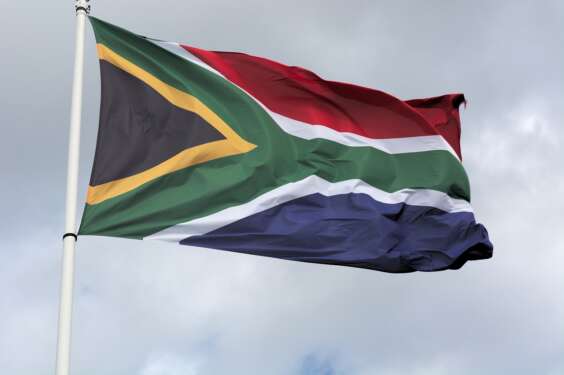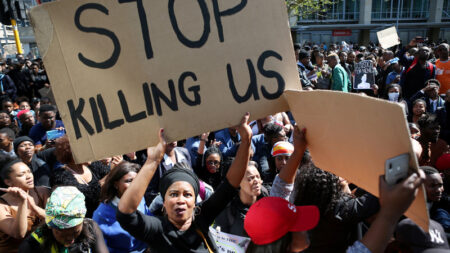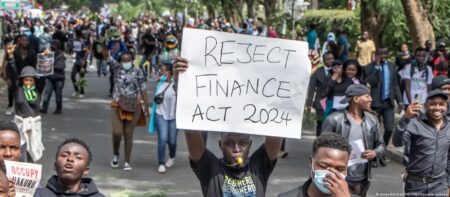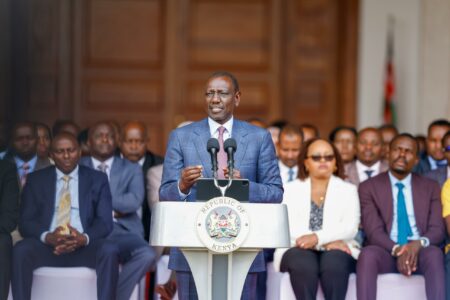South African Credit rating agencies, Moody’s and Fitch, have both downgraded South Africa’s credit rating. The country’s credit rating further plummeted into junk territory making debt issuance both difficult and expensive
Moody’s dropped the credit rating two steps below investment grade to Ba2 from the previous Ba1 level.
”The downgrade reflects the impact of the pandemic shock, both directly on the debt burden and indirectly by intensifying the country’s economic challenges and the social obstacles to reforms.
South Africa’s capacity to mitigate the shock over the medium term is lower than that of many sovereigns given significant fiscal, economic and social constraints and rising borrowing costs.” Moody rating action report
Additionally, Fitch stepped down the countries rating to a BB minus which is three positions below investment grade.
The ratings apply to both local and foreign borrowing.
Another credit rating agency S&P maintained South Africa’s rating which is currently three points below investment grade.
The coronavirus pandemic exacerbated already existing challenges that the South African economy was facing, for instance, the country was battling with a weakening rand on the back of lowering commodity prices. The southern African nation is one of Africa’s lion economies when it comes to exporting commodities such as minerals and agricultural produce. It is among the largest trading partners for several markets across the globe including the USA and European Union. As such commodity prices heavily affect the countries income.
Also within the country, there have been challenges involving corruption and mismanagement in the country’s states run organizations. Of note is the current electricity crisis the country is facing due to the incapacitation of the country’s national electricity producer Eskom that have put pressure on fiscus. The government has had to increase borrowing in order to prevent the collapse of the nation’s electricity producer. The government still has plans of continuing to bail out the Enterprise given it’s “too important to fail” status.
Read also: South Africa Eskom Reports 1.2bill loss
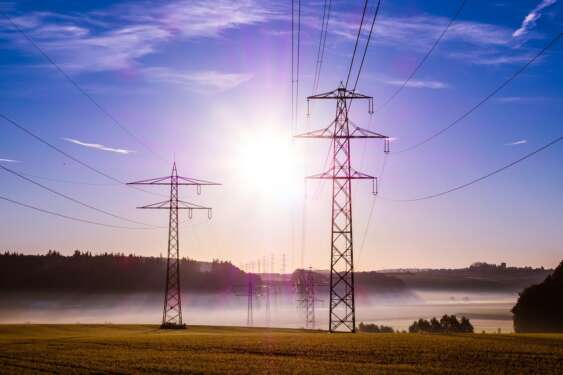
COVID necessitated lockdowns have severely affected national revenue collection potential and disrupted both businesses and livelihoods in several sectors of the economy. The country put in place strict lockdown measures during the pandemic.
Rating agencies maintain a negative outlook on South African debt.
In the rating action commentary, Fitch said “In October the government launched an Economic Reconstruction and Recovery Plan (ERRP), focusing on boosting infrastructure investment, increasing energy supply, job creation, and re-industrialisation. However, the track record of implementation of earlier reform initiatives has been relatively weak and, even if implemented, the effect of the reforms would be limited and take time to accumulate. The challenging fiscal context will also complicate some of the initiatives and will weigh on growth over the medium term.”
What are the implications of these downgrades?
Interest rates
Lowering credit ratings will directly impact the cost of borrowing owing to rising interest rates. This will have the effect of directly translating to higher costs of funds for businesses. The ripple effect of this will be lowering productivity levels as a result of inadequate capitalization. This affects both big businesses and small enterprises. While big businesses may have somewhat of a buffer owing to their size small enterprises are at a higher risk of shutting down completely.
Lowering in confidence
Difficulties in credit ratings and the negative outlook create a situation where confidence in South Africa’s debt also lowers significantly. This decreases business confidence and access to credit markets. As iterated by the countries minister of finance, the downgrade will affect the country in a ‘painful’ manner, affecting both credit and fiscal space.
The decision by Fitch and Moody’s to downgrade the country further is a painful one. The downgrade will not only have immediate implications for our borrowing costs, it will also constrain our fiscal framework” Tito Mboweni, South African Minister of Finance.
Government response
Once the government’s cost of borrowing increases, they are two possible outcomes for how the government will respond. The first is to focus on increasing revenue. Given that the main revenue base for the government is taxation this would directly translate to either an increase in already existing taxes or an additional tax levy.
The other option the government may pursue is to cut spending. This would mean making cuts on both government-related and social expenditure. The extent to which this will be achievable is in question. This is because firstly, COVID affected livelihoods at the household level, prompting the need for government intervention in protecting the livelihoods of its citizens. Secondly, populist policies will usually drive continued spending, given that the populace has a propensity toward protest it would be very difficult to cull spending. Finally, unemployment is on the rise in the country and therefore the government spend on social services will be difficult to curtail.
Reduced asset values
For the general population, this higher cost of borrowing translates to a lowering of value in financial assets like savings and retirement plans, a higher cost of individual borrowing, and ultimately a decrease in disposable income. In light of the current state of affairs where many people have been made redundant and unemployment is on the rise, this poses a significant challenge for individuals in the country. This may translate to decreasing livelihoods and standards of living.

Small businesses
These downgrades imply an increasing cost of borrowing and a rising cost structure. This would either see small business players transferring the additional cost of doing business to the consumer or a significant reduction in the bottom line as companies fail to cope with the rising expenditure side.
Economic Outlook
As the cost of borrowing increases, it directly affects the value of local currency causing a depreciation against major currencies. As the value of the rand decreases so does the cost of importing critical supplies such as oil into the country. This will directly translate to increased costs of other commodities and rising inflation rates. This affects business, ordinary people, and the government fiscus.
In conclusion, the COVID-19 pandemic’s effects on the South African economy have been tremendous. Apart from directly impacting lives and livelihoods, the pandemic is rearing its ugly head into credit and debt accessibility both nationally and internationally as evidenced by these lowering credit ratings. These ratings have a direct impact on both fiscus and individuals and cast a negative shadow over South Africa’s economy.





